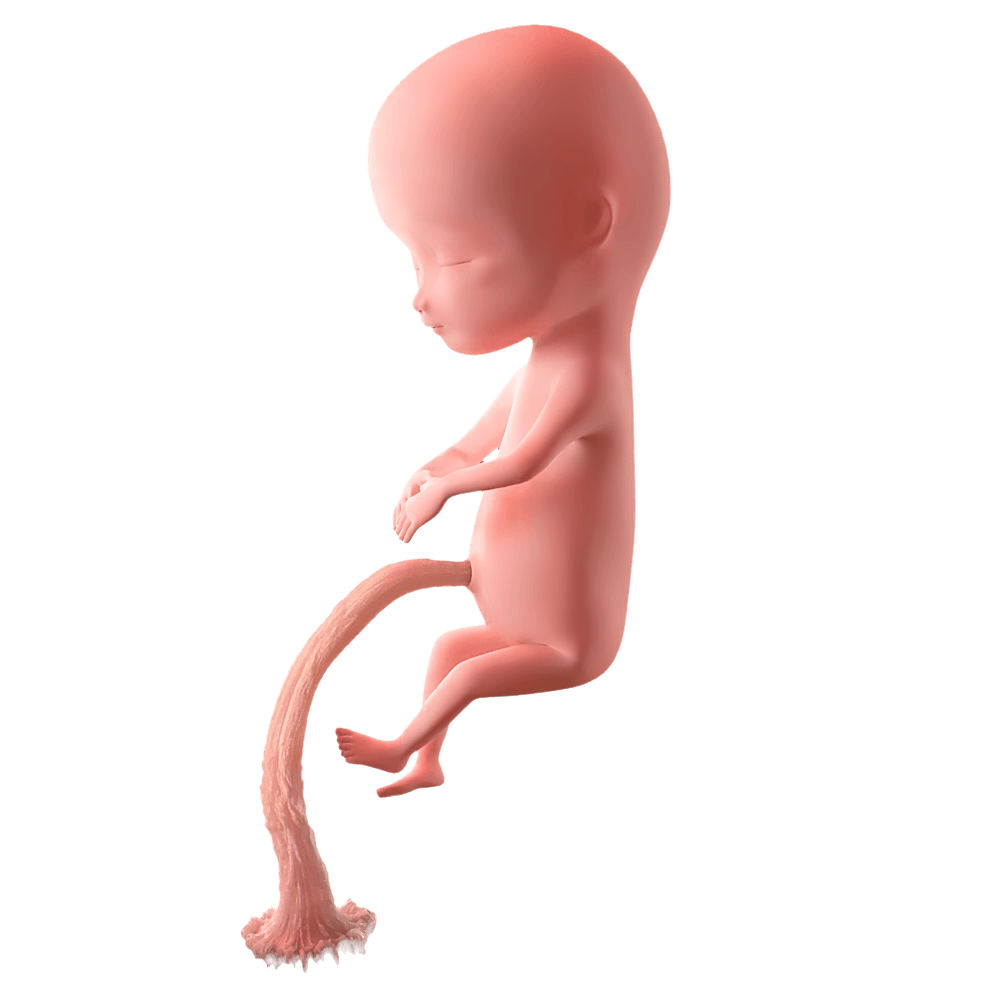Substantial neuroscience research concludes that the fetus can feel pain by 15 weeks. One can examine the development of pain receptors, pain neurotransmitters, and brain structures supporting the awareness of pain. While touch receptors cover almost all of the body, pain receptors develop later than regular touch receptors. Pain receptors develop from 10 to 17 weeks, starting in the hands and the area around the mouth.5 Two neurotransmitters specific to pain processing, substance P and enkephalins, have already appeared at 10 to 12 weeks and 12 to 14 weeks, respectively. Furthermore, nerves connecting the primitive pain receptors with the spinal cord and thalamus can be observed as early as 15 weeks.6 While the cortex may not be fully developed, a number of brain structures that process pain activity including the brainstem, insula, and thalamus, are sufficiently mature to process pain at 15 weeks.7 Taken together, there is considerable evidence that a fetus can now feel pain.
Become A Defender of Life
Your donation helps us continue to provide world-class research in defense of life.
DONATECharlotte Lozier Institute
Phone: 202-223-8073
Fax: 571-312-0544
2776 S. Arlington Mill Dr.
#803
Arlington, VA 22206

Weeks 15 & 16
Sensory systems and pain
- Post-conception week 13 & 14
- 4 Months Pregnant
- Gestational Weeks 15 & 16
There is substantial evidence that a fetus can experience pain by 15 weeks, and possibly even earlier.1
The fetal heart has already beat approximately 15,800,000 times.2
More of the preborn baby’s skeleton hardens from cartilage into bone. If a doctor took an X-ray this week, the fetus’s skeleton would be visible.3
The preborn baby’s circulatory system pumps about 26 quarts of blood per day at 15 weeks. This is like 6 and 1/2 gallons of milk. For comparison, an adult heart pumps 6,000 quarts of blood each day, which would likely fill a small hot tub.4
Scientific advancements provide clear evidence that the fetus feels pain by 15 weeks gestation, and possibly even earlier.
Furthermore, researchers who have devoted their careers to the neuroscience of pain have concluded that fetal pain is possible from a very early age. Two medical professionals, one pro-choice and one pro-life came to the following conclusion:
“Overall, the evidence, and a balanced reading of that evidence, points towards an immediate and unreflective pain experience mediated by the developing function of the nervous system from as early as 12 weeks.9”
Similarly, European neurologists and embryologists came to a similar conclusion in 2016:
“…the fetus is exposed to rudimentary painful stimuli starting from the 15th gestation week and … it is extremely sensitive to painful stimuli.10“

At 15 weeks, the fetus’s entire body responds to light touch with the exception of parts of the back, buttocks, and thighs.11 The fetus also starts moving each finger separately, and often sucks his or her thumb. By 16 weeks, the unborn child starts grasping objects.12 Interestingly, boys and girls move differently in the womb. In fact, girls open and close their mouths more often than boys do!13 Until this point, the fetus has been mostly stoic. Now the preborn child produces complex facial expressions. According to some research groups, the fetus can even smile!14
As early as 14 weeks, the fetus displays goal-directed movements. Before this age, the fetal movements were jerky and ballistic, but now the hands slow down as they approach their target. These intentional fetal movements show that the fetus is conscious and aware of his environment. Most of the slower, goal-directed movements were directed at the fetus’ face. However, if the fetus has a twin, he or she will move more slowly when reaching towards the twin’s face as well.15
Many sensory systems start processing basic information in weeks 15 and 16. The olfactory bulb, which processes smells, develops its layered structure at 14 weeks.16 Tastebuds start clustering in functional taste pores and connecting to cranial nerves at 14 to 15 weeks, making it likely that the fetus tastes the amniotic fluid.17 In fact, by 15 to 16 weeks, the fetus will swallow more amniotic fluid if the amniotic fluid tastes sweet, and less if it tastes bitter.18 Each sensory system is at least partially developed by 15 weeks.
Every body system continues advancing each week. By week 15, eyebrows have formed.19 The stomach lining secretes digestive enzymes into swallowed amniotic fluid.20
In bone development, the structures destined to become bone often start as cartilage. As development continues, the cartilage is slowly replaced by bone cells. In a single long bone, the middle of the bone starts to harden first, and the ends keep growing longer and longer as cartilage. This cartilage, too, is later replaced by bone. By 15 weeks, if a doctor took an X-ray this week, the fetus’s skeleton would be visible.21








